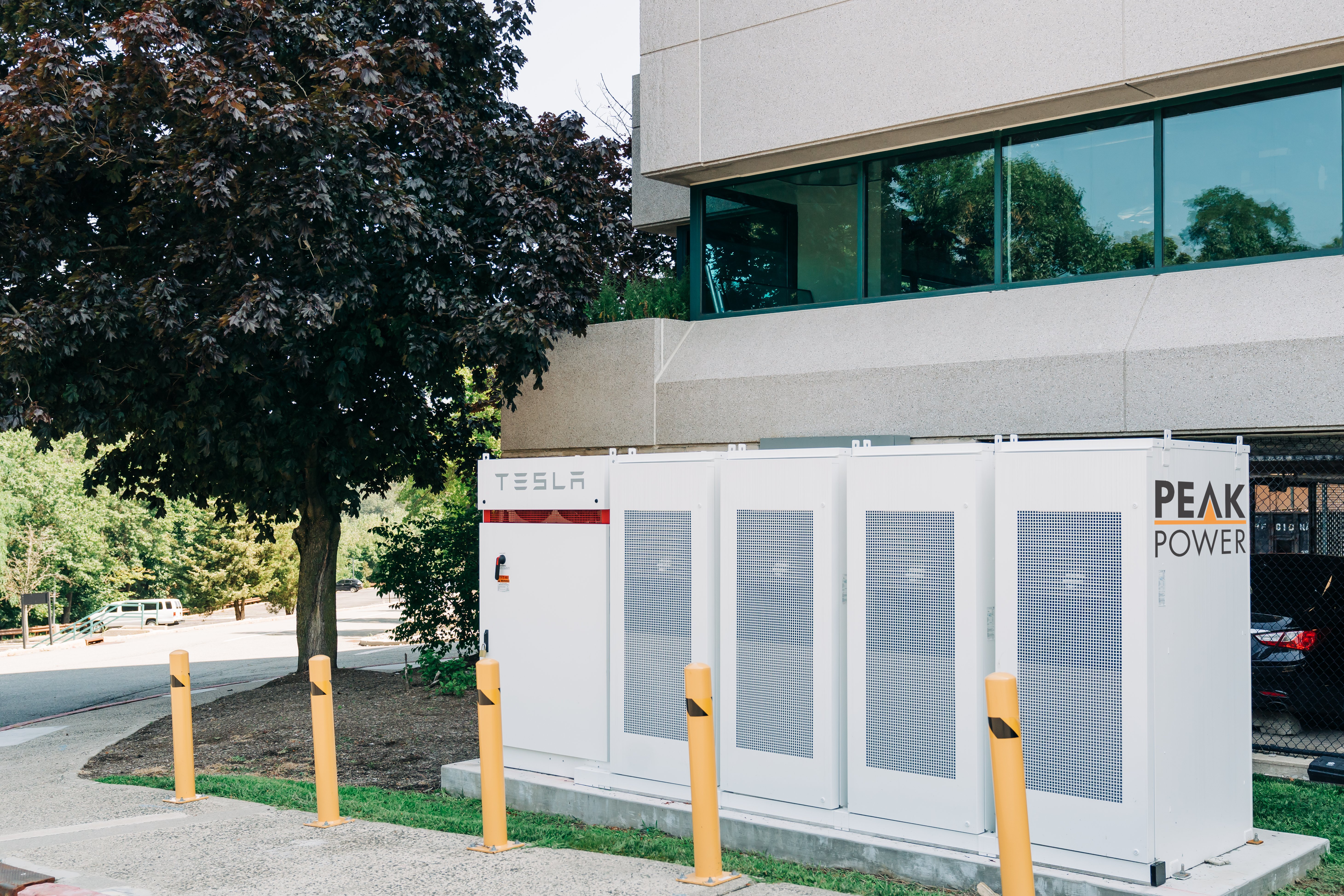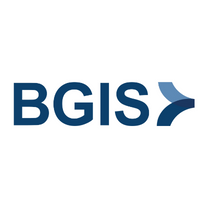Free Energy Incentives Guide
C&I Energy Planning Made Easy
Commercial & Industrial Facilities can maximize savings and revenue by taking advantage of federal, state, municipal, and utility incentives for clean energy projects. Updated with the latest on BQDM and the IRA.
Are you taking full advantage of energy incentive programs?
A battery energy storage system can maximize cost savings and greenhouse gas reductions by dispatching energy to take advantage of energy incentives, including:
- Demand charge management
- Dynamic Load Management (DLM) programs
- ICAP
- Value of Distributed Energy Resources (VDER)
Increase your portfolio’s value with immediate energy savings and longer-term revenue with battery energy storage.
Peak Power works with a wide range of commercial and industrial building owners, energy managers, and sustainability managers to reduce NYISO ICAP costs and scope 2 emissions. Our deep well of energy expertise ensures that any project we undertake is based on a strong business case in the New York State energy market.
Financial Impact
Effectively reduce demand charges and sell energy back to the grid
Resiliency Impact
Make existing electricity infrastructure stronger and avoid costly outages or utility upgrades
Environmental Impact
Reduce your facility’s emissions and grid reliance on fossil fuels
Making it Profitable to Pursue Net Zero
Federal, state, and local governments have created a vast network of financial incentives to power the shift to Distributed Energy Resources (DERs). But these incentives are hard to navigate and complex to understand. In states like New York, strong government support for clean energy has created large markets for renewables, but that also means there are even more incentives to navigate.
Furthermore, The New York Installed Capacity Market (ICAP) was developed to ensure that electricity supply will meet the demands of the market. The way this works, the more electricity your facility uses during demand peaks, the more you contribute to the infrastructure requirements, and the more your business pays in demand charges or time-of-use rates.
In Peak Power’s latest analysis, 1 MW of load during one ICAP hour is equal to approximately $35,000 in annual cost. For large energy users, ICAP charges will be about 30% of a typical electricity bill.
With the right strategies, commercial and industrial players can reduce ICAP charges, unlock profitability, tap into multiple value streams and incentives, and make progress toward net zero.
What's Inside
We’ve put together this New York Energy Incentives Guide so you can get a scan of the financial benefits that could be available to your business and understand how to use them to improve profitability. Inside this guide, you'll learn about:
📘 State-wide and utility-level incentives, including an overview of the many demand response programs you can value stack
📘 A breakdown of two key federal incentives: the updated Investment Tax Credit (ITC) and the Modified Accelerated Cost Recovery System (MACRS)
📘 Helpful links, resources, and tips to help you navigate the complex world of energy incentives
Proven results in Westchester
To ensure reliability, both the System Operator (NYISO) and the Load Serving Entity (Utility) need to maintain generation and distribution capacity to meet their peak demand obligations. These costs are passed on to customers via demand-based charges, whether assessed as contribution to system coincident peak (ICAP tag) or individual monthly non-coincident peak (Demand Charge). In ConEd, the Commercial System Relief Program (CSRP) aims to reduce peak demand at the network level by calling on customers to reduce energy use during their respective assigned call windows.
Four energy storage systems were installed in four different commercial buildings in Westchester, New York – one of the state’s first Virtual Power Plant demonstration projects. The project reduces electricity costs from ICAP and Demand Charges and participates in NYISO and ConEd demand response programs.
This project employs a shared-savings model. GHP (owner) and Peak Power split the utility bill savings and market revenues from the operation of the battery. GHP takes on little to no risk while receiving energy cost savings, and Peak Power retains a portion of the revenue in exchange for installing, maintaining, and operating the system.

$495,742 Energy cost savings to date
Additionally, GHP gains a revenue stream in addition to the savings achieved with better building demand charge management. Con Edison, the electric utility for this site, provides funding for this system to reduce peak demand during certain windows of time through the Demand Management Program. By participating in the program, the project received an incentive from Con Edison, which reduced the total project cost.

"BGIS views Peak Power and its proprietary software as a leader in the emerging energy storage market and is impressed at its understanding of the needs and requirements of the North American electricity sector.”
Nuno Duarte, Vice President of Professional Services at BGIS
©2025 Peak Power Inc. All rights reserved. Privacy Policy
